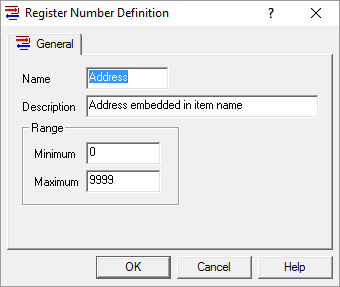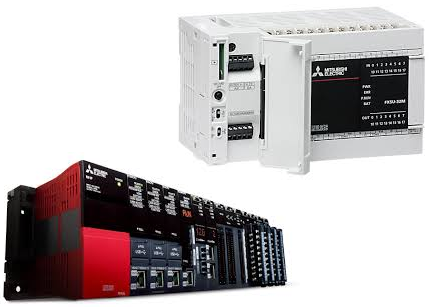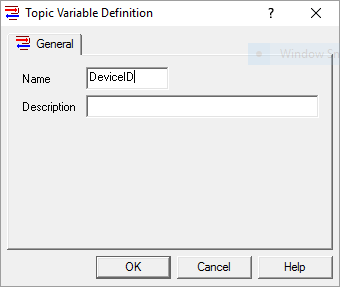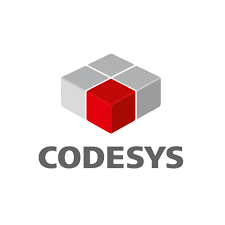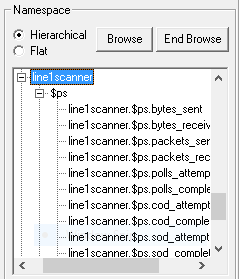A Register Number is a time-saving special OmniServer element that allows you to configure one item that is requesting the same type of memory or offset in a device instead of one item for each memory or offset location.
In this video blog, I show you how to get started using registers to more efficiently build an OmniServer protocol without having to manually create an item for every piece of data whenever possible.


